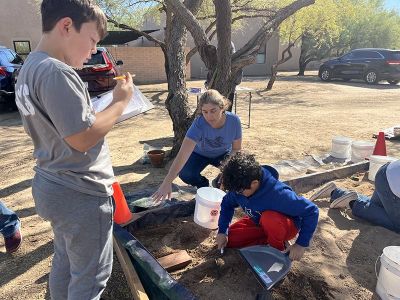
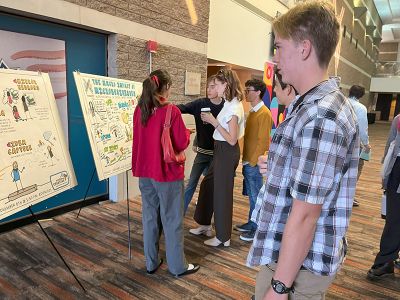
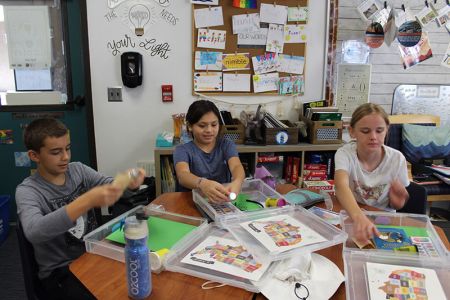
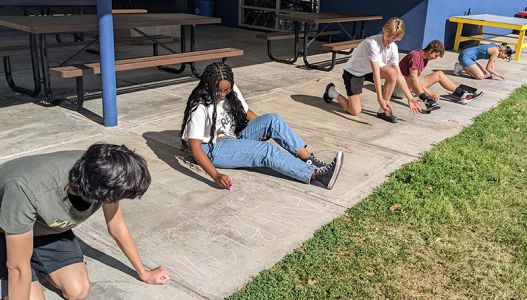

Social Sciences education at The Gregory School is different for two primary reasons. Our fifth through tenth grade program relies on a well-planned, interactive, engaging, and thorough progression that introduces and reinforces vital concepts and skills. When students matriculate from our Middle to Upper School, the progression flows with them, preparing them for the amazing array of electives available in their final two years of TGS Upper School, courses that are more typical of a college than a high school.


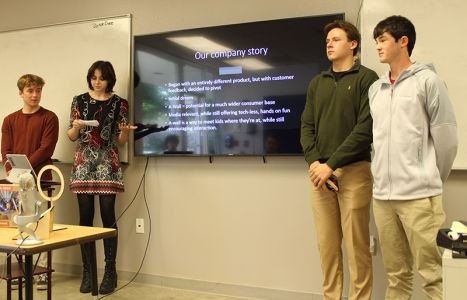

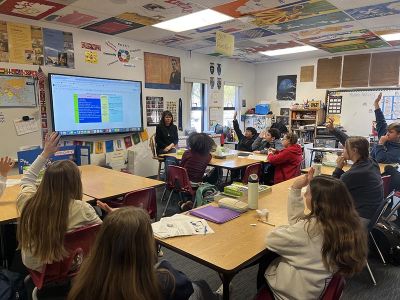
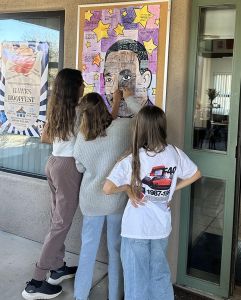
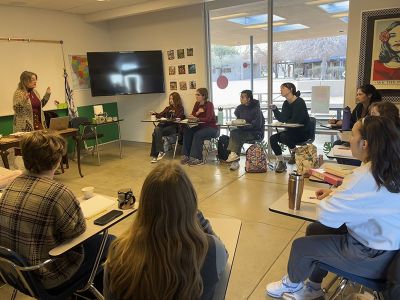
Social Sciences education at The Gregory School is different for two primary reasons. Our fifth through tenth grade program relies on a well-planned, interactive, engaging, and thorough progression that introduces and reinforces vital concepts and skills. When students matriculate from our Middle to Upper School, the progression flows with them, preparing them for the amazing array of electives available in their final two years of TGS Upper School, courses that are more typical of a college than a high school. How does this work?
TGS students spend a year on US history three times before they graduate–in fifth grade, seventh grade, and tenth grade, with students digging deeper and teachers adding complexity to the stories as students become more advanced. Because our faculty meet in subject areas across grade levels, tenth grade history teachers are in alignment, and can plan cohesively, with our fifth and seventh grade social sciences teachers.
The Gregory School is one of the few schools to offer a comprehensive Civics course to all eighth graders. Building on what students learn about basic government types and structures in the ancient world in their sixth grade Ancient History class and about US History in seventh grade, Civics takes eighth graders through a multi-faceted, discussion-provoking course about how our government was created and how it works, how our courts work, and the rights and responsibilities of being a citizen, as well as a daily look at the cultures and governments of countries around the the world.
All TGS graduates must have four years of Upper School social sciences. These must include World Civilizations in ninth grade and U.S. History in tenth grade. Beginning with the class of 2029, Introduction to U.S. Government is also a required class.
The Gregory School faculty are collaborators. When a sixth grade student comes to their English teacher and says, “It’s so funny! Did you know that we’re learning about the same thing in Social Studies that we’re reading about in this novel?” it’s not the coincidence that the student thinks it is. Social Studies and English mirror each other intentionally. Our size, and the fact that our teachers know the students so well, enables teachers to work together to reinforce concepts and explore ideas across subjects. Another wonderful example of cross-curricular collaboration is our entrepreneurship program, as it touches on economics, business, English and communications, mathematics, engineering, and more.
Juniors and seniors at The Gregory School can choose from a huge number of year- or semester-long social sciences electives, including everything from Psychology, to the Basics of Sociology, to U.S. Foreign Policy in the Modern Age, and from Indigenous Peoples’ History of the United States, to Social Media: The Past, Present, & Future of Modern Media Systems, to Micro- and Macroeconomics. And much more. Juniors and seniors can also apply to be part of the year-long Entrepreneurial Institute, which takes students step by step and hands-on through the process of turning an idea into a business. In preparation for this institute, ninth and tenth graders may elect to take Elements of Entrepreneurship, Problem Solving, and Fabrication.
For the 2025-26 year, we are offering three designated AP social sciences courses. In addition, our microeconomics and macroeconomics courses prepare students for the AP exam in those subjects. Our Social Sciences faculty currently offer two college dual credit courses, with flexibility, depending on a student’s goals. For example, US History for tenth graders may be taken as either an AP or college dual credit course.